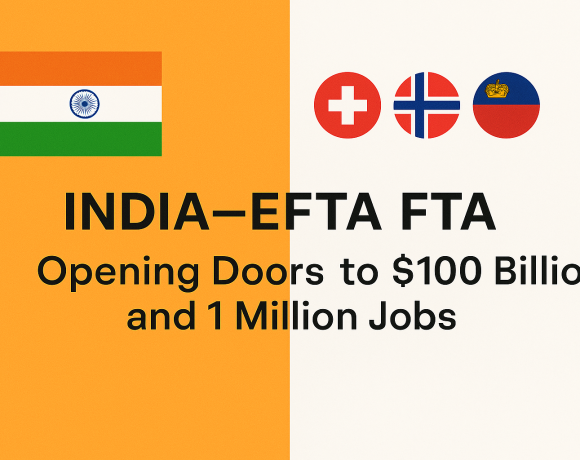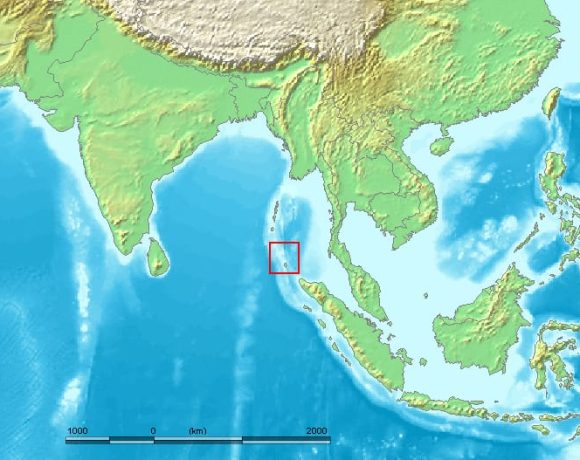
An Open Letter to L&T’s SN Subrahmanyan: A Reality Check for India Inc.
L&T’s CEO Says Workers Won’t Relocate Because of Subsidies—Dear India Inc., Stop Blaming Subsidies for Your Own Failures
Dear Mr. Subrahmanyan and India’s corporate elite,
Congratulations! You have once again displayed an impressive level of detachment from reality. After your ridiculous “why not work on Sundays?” remark, you now claim that Indians refuse to work because of government welfare benefits.
So, let’s get this straight: Instead of paying fair wages, providing basic worker rights, or improving job conditions, you think the problem is that the government is giving the poor too much rice?
It’s astounding how out-of-touch India Inc. has become with its own workforce. Let’s break it down.
Who Exactly is ‘Refusing to Work’?
Before we dive into numbers, let’s talk about the millions of jobless Indians who would love to be employed—if only India’s corporates offered them dignified jobs.
India’s unemployment rate is at 8.4%, with millions actively seeking work.
The Labour Force Participation Rate (LFPR) in India is just 40%, among the lowest in the world. In China, it’s 60%. In the US, it’s 63%.
A whopping 93% of Indian workers are in the informal sector, meaning they have no job security, pensions, health benefits, or protections.
If people aren’t joining your workforce, maybe the problem isn’t subsidies—but the fact that your jobs suck.
Indian Companies Want Cheap Labor, Not Skilled Labor
The real reason India Inc. struggles with hiring is not welfare benefits—it’s their exploitative treatment of workers.
Miserable Pay – Indian companies pay construction workers as little as ₹250 per day (₹7,500/month) and then wonder why people don’t want to migrate for it.
No Job Security – Most workers don’t even get a written contract and can be fired at any time without benefits.
Horrible Living Conditions – No company-sponsored housing, no food, no medical insurance. Workers are left to live in slums and struggle on their own.
Meanwhile, other countries handle labor shortages differently. China, the Gulf nations, and the US all pay better, provide more benefits, and respect their workers.
The Myth of ‘Too Many Subsidies’ in India
Now, let’s do the math on these “lavish” government benefits.
Even if a person receives every major welfare scheme, here’s what they get:
Free food grains under PDS and PMGKAY – Worth about ₹285 per month
MGNREGA wages for 100 days a year – ₹2,083 per month (for rural workers only)
Old Age/Widow Pension – ₹1,500 per month
LPG Subsidy – ₹50 per month
Electricity & Water Subsidy – ₹263 per month
Free Public Transport (only for women in some states) – ₹750 per month
That means, even in the best-case scenario, a man gets around ₹4,577 per month, and a woman gets around ₹6,077 per month.
Now, let’s compare that to the actual cost of living:
Average cost of living in rural India: ₹4,122 per month.
Average cost of living in urban India: ₹6,996 per month.
So, rural beneficiaries might just break even, but the idea that Indian welfare is “too generous” is laughable for urban workers.
Compare this to Europe and the US, where welfare benefits actually cover rent, food, and medical expenses. Indian subsidies don’t allow people to stop working—they just prevent absolute starvation.
What Indian Companies Can Learn from China, the Gulf, and the US
Instead of blaming subsidies, why don’t you look at how other countries handle labor shortages?
China’s Model: Government-funded massive vocational training programs, guaranteed worker dormitories, food, and medical care for rural migrants.
Gulf Model (UAE, Saudi, Qatar): Employers provide free housing, food, medical insurance, and decent wages—ensuring a steady labor supply.
US & Europe: High wages, strong labor unions, and automation to reduce dependence on unskilled labor.
Meanwhile, Indian corporates expect workers to migrate to cities, live in slums, and work 12-hour shifts for ₹7,500 a month. And then they wonder why people aren’t lining up.
Dear India Inc., Fix Your Business Model Instead of Whining
Here’s a better solution instead of complaining about “too many subsidies”:
1. Raise Wages – If you can afford billion-dollar infrastructure projects, you can afford to pay workers at least ₹20,000-₹25,000 per month.
2. Provide Basic Worker Benefits – Give them housing, food, and healthcare, just like in China or the Gulf.
3. Invest in Training – If rural workers lack skills, train them instead of expecting them to arrive fully prepared.
4. Improve Work Conditions – Stop treating workers like disposable laborers and then crying when they don’t want to relocate.
Final Message to India’s Corporate Leaders
It’s not the subsidies—it’s your outdated, exploitative business model.
Instead of blaming the government for giving the poor free rice, ask yourself:
Why are Indian workers treated worse than laborers in China or the UAE?
Why do workers prefer informal jobs over corporate ones?
Why are India’s richest companies still paying wages lower than a daily meal in Mumbai?
Until you fix these issues, India’s youth will continue rejecting your miserable jobs—subsidies or not.


















